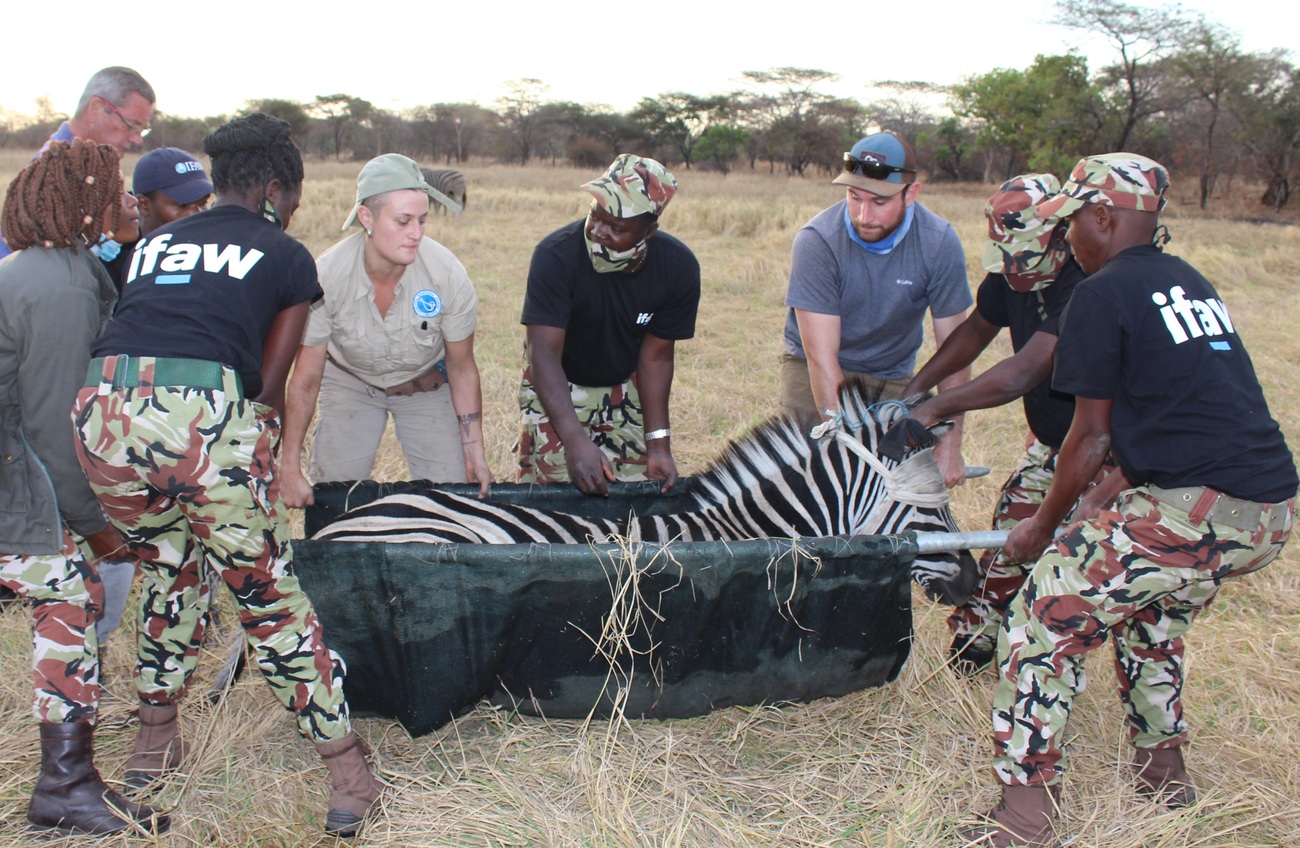Protecting the Malawi-Zambia Landscape
Habitats cross borders—so do poacherszebra and waterbuck translocation helps make Kasungu National Park a secured home for wildlife
zebra and waterbuck translocation helps make Kasungu National Park a secured home for wildlife

It was a warm December morning in 2015 as I drove down a dusty road in Kasungu National Park in western Malawi. Rains had brought a burst of new bright green growth to the Mopani trees lining the access road leading from the main gate to Lifupa Camp —yet not an animal stirred. This lush backdrop concealed the stark reality that behind the green façade was a virtually empty park where thriving populations of species once roamed.
In the 1980’s and 1990’s, Kasungu was home to over 1,000 elephants. There were big herds of waterbuck, at least 500 zebra, and quantities of buffalo and many other species. So abundant were the populations that Kasungu was the “stocking park” which enabled Malawi to establish other reserves and protected areas.
However, decades of severe poaching and encroachment into the park had all but decimated the once majestic herds to virtual local extinction. Kasungu National Park also holds another significant relevance to Malawi. It forms part of the Southern Trans-frontier Conservation Area (TFCA) between Malawi and Zambia.
The task ahead was massive: turn the park around and re-establish it as the flagship protected area within Malawi. In early 2016, in partnership with the Malawi Department of National Parks and Wildlife (DNPW), IFAW embarked on an ambitious project to bring Kasungu back from the brink.
We knew law enforcement support and infrastructural development would be essential to give the remaining wildlife a fighting chance. To accomplish this, we trained over 165 men and women to build a unified ranger force as a front line to combat wildlife crime. Our teams created Rapid Response Units who assist rangers on the ground, and we provided additional infrastructure development to support operations and ranger housing as part of the plan to restore Kasungu.
Through this partnership and great transformation, Kasungu is now a safe space for wildlife. This month, we celebrate the massive achievement of beginning the relocation of 12 zebra and 14 waterbuck who will be released into the park. The park that once stocked many of the other parks in Malawi is now being restocked itself.
The reintroduction of zebra will bolster the population to 21 animals, while the waterbuck will make up a founder breeding herd. These, together with the elephant population which has grown to more than 100 from the last 50 remaining in 2015, is bringing life back to Kasungu’s empty spaces. Leopard, wild dog, and lion have also been sighted back in the park after a long absence.
No longer will Kasungu’s Miombo woodland be silent. It will now chatter with the sounds of thriving wildlife. It’s time to make Kasungu home again.
-Mike Labuschagne, Director of Law Enforcement, Southern Africa
Related content
Our work can’t get done without you. Please give what you can to help animals thrive.